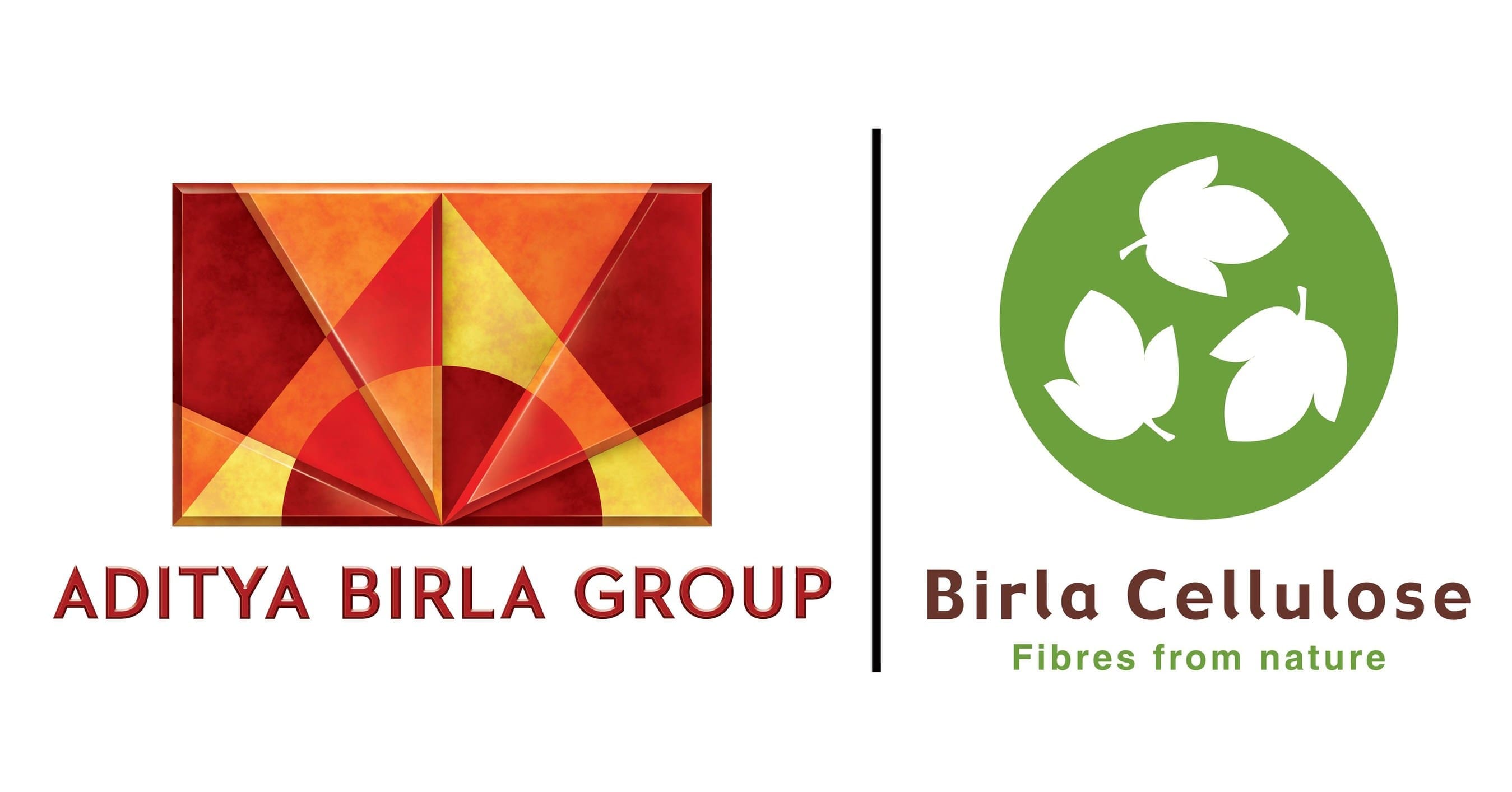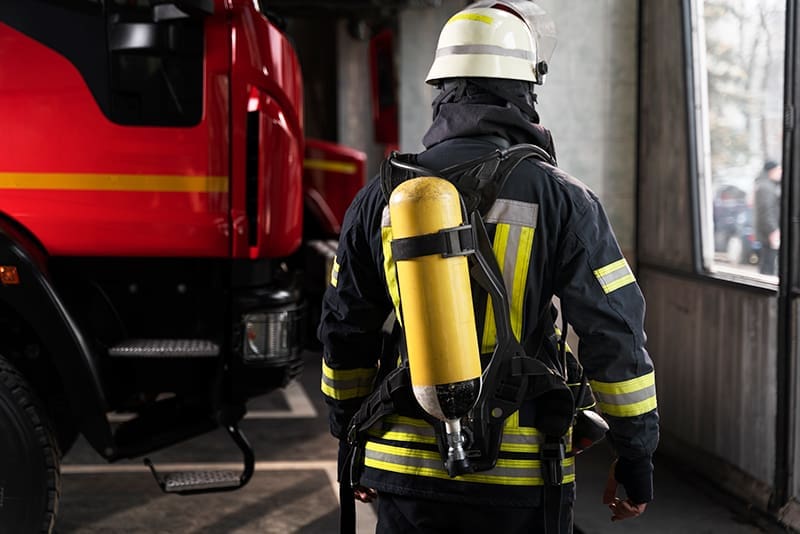
Viscose, a manmade natural fibre derived from cellulose, is widely used in the textile industry for its comfort, softness, and breathability. However, the inherent flammability of viscose has been a challenge for industries where stringent safety measures are required. To address this issue, flame-retardant (FR) viscose fibres have emerged as a reliable solution, combining the natural benefits of viscose with enhanced fire resistance. Birla Cellulose, a pioneer in sustainable textile solutions, has introduced SaFR—an inherently flame-retardant viscose fibre that is engineered to elevate both safety and sustainability.
What is SaFR?

SaFR is an innovative, inherently flame-retardant cellulosic fibre developed and manufactured in India by Birla Cellulose. Made entirely from wood pulp sourced from sustainably managed forests. SaFR is a 100% plant-based fibre that embodies eco-friendly production principles.
What sets SaFR apart is its inherent ability to limit the spread of flames when exposed to fire, reducing the likelihood of fire-related injuries when used in protective garments.
SaFR has a Limited Oxygen Index (LOI) of over 28, which makes it ideal for blending with other high-performance inherent flame-retardant fibres.
Key Features of SaFR
- Inherent Flame-Retardant Properties: Unlike chemically treated fibres, SaFR’s flame-retardant properties are integral to its structure, ensuring consistent performance over time.
- Wash Durability: SaFR retains its flame-retardant capabilities even after repeated washes, offering a long-lasting solution for applications requiring durability.
- Toxic Fume Reduction: The fibre’s design helps minimise the release of harmful fumes during combustion, enhancing overall safety.
- Breathability: Viscose is naturally breathable due to its cellulose-based structure, allowing air to pass through the fabric. In flame-retardant variants like SaFR, this quality remains intact, ensuring the wearer feels cool and comfortable even in high-risk or high-temperature environments.
- Moisture Management: Viscose has excellent moisture-absorption properties, as it can wick sweat away from the skin and allow it to evaporate. Flame-retardant viscose retains this ability, which prevents the wearer from feeling clammy or overheated during long periods of use, particularly in protective garments.
- Softness: Viscose is known for its soft, silky texture, making it ideal for garments worn directly against the skin. SaFR FR viscose maintains this softness, ensuring comfort without the stiffness or coarseness often associated with other flame-retardant fibers like aramids or treated synthetics.
- Lightweight and Drapability: Viscose fabrics are lightweight and drape well, which adds to the comfort factor. SaFR FR viscose retains this characteristic, allowing garments to fit and move naturally with the body, reducing fatigue for those who wear them for extended periods.
- Thermal Regulation: Protective wear made from flame-retardant viscose offers excellent thermal regulation. The breathable and moisture-wicking nature of the fabric helps prevent heat build-up, which is especially important in fire-prone or high-temperature settings. This reduces the risk of heat stress or heat stroke.
- Chemical-Free Comfort: Unlike some flame-retardant fibers that rely on surface treatments or chemical coatings, inherently flame-retardant viscose like SaFR does not require external chemical treatments. This reduces the risk of skin irritation or allergic reactions, making it suitable for prolonged wear.
- Ease of Movement: The inherent flexibility of viscose fibers ensures that garments made from flame-retardant viscose allow for unrestricted movement. This is particularly important for firefighters, military personnel, or industrial workers who require full mobility during critical tasks.11. Cool-to-Touch Feel: Unlike synthetic fibers, viscose tends to feel cool against the skin, which adds to its comfort level. Flame-retardant viscose fibers retain this property, making them ideal for use in warm climates or high-temperature environments.
- Reduced Heat Build-Up: Protective wear made from flame-retardant viscose minimises the risk of overheating, as the fabric efficiently balances breathability and moisture-wicking properties. This is critical in scenarios where prolonged exposure to heat or flames is unavoidable.
Due to these features, viscose flame-retardant fibres like SaFR not only enhance safety but also prioritise the wearer’s comfort, making them a preferred choice for industries requiring protective clothing, home furnishings, and other fire-safe applications.
SaFR is available in three variants:
- 1.5 x 38 mm
- 1.5 x 51 mm
- 2 x 51 mm
These options provide the flexibility to be used in different blends, tailored to specific requirements.
Fibre Properties (Applicable to Some Available Variants)
| Denier | Tenacity | Elongation |
| 1.8-2.0 | >2.8 | >13 |
| 1.42-1.6 | >2.8 | >13 |
The tenacity is comparable to that of regular viscose fibers, making it an excellent choice for blending.
Applications of SaFR
SaFR’s versatility makes it suitable for a wide range of applications across industries:
- Protective Clothing
SaFR is widely used in uniforms for professionals exposed to high heat or flame risks, such as firefighters, military personnel, and industrial workers. Blends containing SaFR meet several national and international standards, underscoring their reliability and performance in safety-critical applications. These include:
- IS 16890:2018: Indian standard for protective clothing for firefighters.
- NFPA 2112: Standard on flame-resistant garments for protection against flash fires.
- NFPA 1977: Standard for wildland firefighting protective clothing.
- EN 469: European standard for protective clothing used in firefighting.
These certifications validate SaFR’s suitability for high-risk environments, ensuring user safety without compromising comfort.
- Home Furnishings
Fire safety is a growing concern in residential and commercial spaces. SaFR fibres are employed in curtains, upholstery, and mattresses to enhance fire resistance in homes, hotels, and public spaces. The inherent flame-retardant properties of SaFR add an extra layer of safety to everyday environments.
- Transportation
In the transportation industry, fire safety regulations are stringent, especially for public vehicles, airplanes, and trains. SaFR is used in seat covers, carpeting, and other interior applications to meet these rigorous standards while maintaining comfort and aesthetic appeal.
- Children’s Wear
Safety in children’s clothing, particularly sleepwear, is of paramount importance. SaFR fibres are incorporated into fabrics for children’s garments to provide enhanced fire resistance without compromising on softness and breathability.
Performance and Sustainability
One of the standout features of SaFR is its ability to maintain a Limited Oxygen Index of over 28, even after numerous washes. This ensures that protective garments and other products retain their fire-resistant properties over time. Moreover, SaFR’s inherent flame-retardant characteristics eliminate the need for post-production chemical treatments, reducing both the environmental impact and potential health risks associated with chemical exposure.
SaFR is part of Birla Cellulose’s broader commitment to sustainability. The fibre is produced in state-of-the-art facilities that adhere to stringent environmental standards. These facilities operate with a focus on minimising water and energy consumption, reducing emissions, and ensuring responsible waste management. By choosing SaFR, industries can align with their sustainability goals while addressing critical safety requirements.
Advantages of SaFR Over Chemically Treated FR Fibres
- Inherent Properties: SaFR’s flame-retardant features are integrated into its structure, unlike chemically treated fibres, which may lose effectiveness over time or with repeated washing.
- Durability: Chemically treated fibres often degrade after exposure to washing or environmental factors, while SaFR maintains consistent performance.
- Eco-Friendliness: SaFR eliminates the need for chemical treatments, reducing environmental pollution and health risks.
- Comfort: Unlike synthetic flame-retardant fibres, SaFR offers superior breathability and moisture management, making it ideal for applications requiring prolonged wear.
Future Outlook
With an increasing emphasis on safety and sustainability across industries, the demand for flame-retardant fibres like SaFR is poised to grow. Industries are prioritising materials that offer a balance between performance, comfort, and environmental responsibility. SaFR fibres are well-positioned to address these evolving needs, providing solutions that do not compromise on any front.
Birla Cellulose’s SaFR represents the future of flame-retardant fibres. By combining safety, sustainability, and comfort, SaFR is paving the way for innovative applications in protective wear, home furnishings, transportation, and beyond. As industries and consumers alike recognise the value of inherently flame-retardant, eco-friendly materials, SaFR is set to play a pivotal role in shaping safer, more sustainable solutions.
Conclusion
SaFR flame-retardant viscose fibres by Birla Cellulose is a testament to the power of innovation in addressing critical industry challenges. By integrating inherent flame resistance with the natural benefits of viscose, SaFR offers a unique solution that enhances safety without compromising comfort or sustainability. Whether in protective clothing, home furnishings, transportation, or children’s wear, SaFR is redefining the possibilities for fire-resistant materials.
As the world moves toward a more safety-conscious and sustainable future, SaFR stands out as a game-changer in the realm of flame-retardant fibres. Its combination of performance, durability, and eco-friendliness makes it an invaluable choice for industries and consumers alike, ensuring that safety and sustainability go hand in hand.

